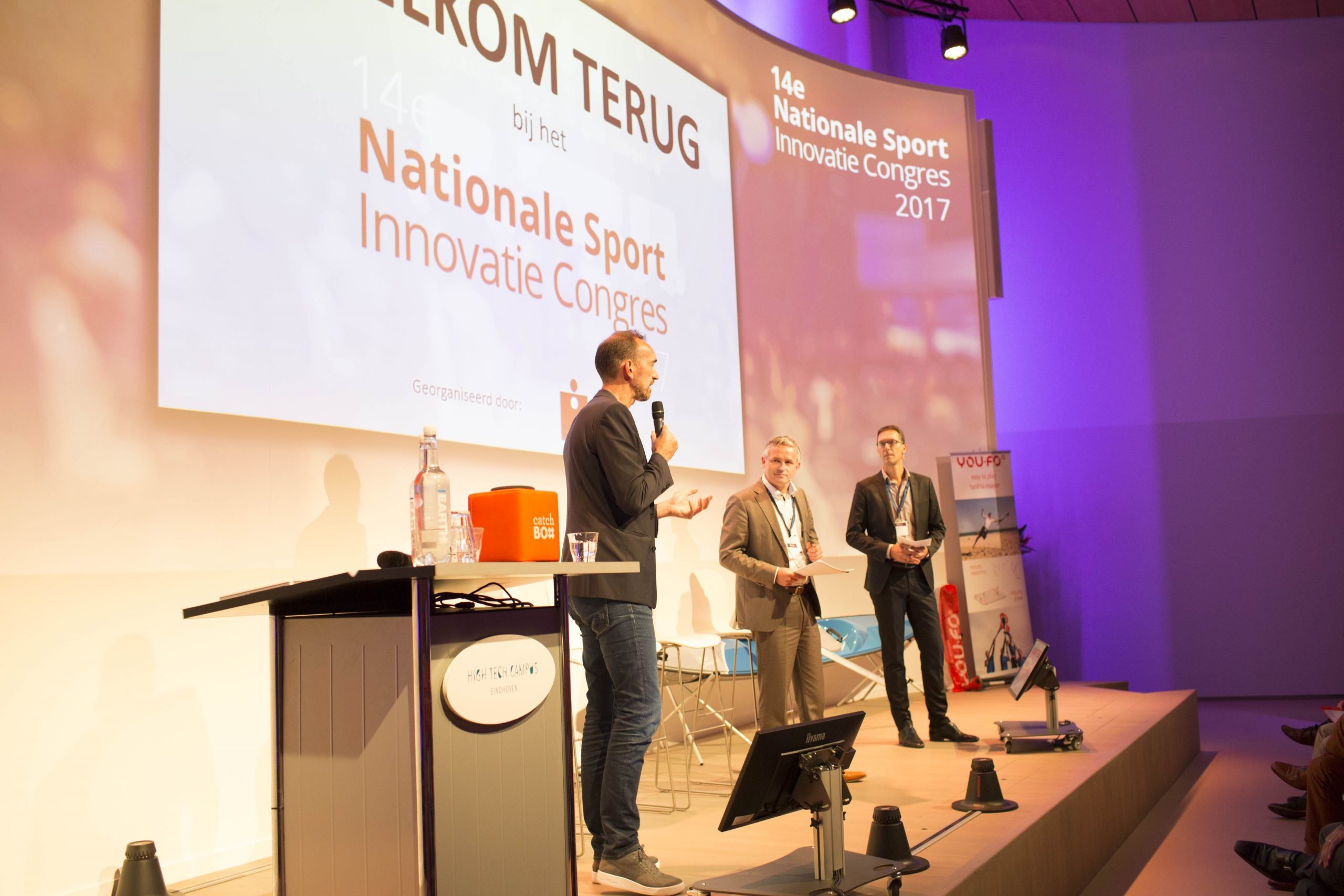
Sport and innovation often refer to technologies, such as sensors that measure your heart rate or rhythm. Intended not only to improve sports performance but also to get more people moving. During the National Sport and Innovation Congress, it’s not just about that technology, but also about people. On 8 October, John Baekelmans, managing director and VP imec Nederland, and Heleen Boers, biomedical R&D engineer imec, Thorwald Veneberg, director and national coach of the cycling association KNWU and Ad van Berlo, a professor at TU/e and founder of VanBerlo Design, will speak. Innovation Origins spoke with them about their story, they give an insight into what is (and will be) possible and which questions we should ask ourselves. Today part 3: Ad van Berlo.
VanBerlo is a company specialised in design-driven innovation, founder Ad Van Berlo says. With about a hundred people it works on all kinds of projects worldwide. “Whether it’s vitality or sports or a totally different subject. We are involved in high tech to low tech, from physical to digital, from social to instrumental design. Or strategic design; we cover all these different areas.”
Van Berlo: “Design-driven innovation is about putting people first. Whether it’s a professor, a patient or a consumer, it doesn’t matter. You can see us as the link between what is technologically possible and what the consumer can cope with or what is of use to him. We are always working on why it has to be there, not primarily on what it looks like. We do that as well, but I don’t think that’s the most important thing. In essence, it’s all about why you want it. Why does it have to be there, what is it going to do? How does it enrich your life, how does it enrich society?”
“We live in a world that is digitising. But what does that actually mean? What does it mean if we are all completely connected to IT? With our entire body from our big toe to our hair and glasses.” The technology that makes digitisation possible is one thing, Van Berlo says, “what I want to talk about is well-being, what makes people happy and happy. What increases the quality of life and how can technology contribute to it?”

As a design agency, VanBerlo works in social housing, among other things. If a new building has to be built, the designers first look at the district where the building is to be built. VanBerlo does not look at a neighbourhood from an architectural or urban planning point of view, but at an eye level: “What do these people want when they come out? What do these people want in that building? : what do these people want when they go out? What do these people want in that building? Is there a common factor in this? And when they come out onto the street, what do they want, do they want contact or no contact, does there have to be a large terrace? Should it be possible to skate? Should there be a speakers corner? Then you are talking about what connects people to their neighbourhood. With what do they feel comfortable, does that have to do with light, the amount of green, wide pavements, or narrower ones?” Such designs are always made in co-creation. “There is much more knowledge outside VanBerlo than we have with our 100 people. We bring that knowledge together.”
In addition to sports performance, the sports and innovation conference is also about exercising more, vitality and a vital city. “When you talk about vitality, it also has to do with the environment. In this environment, you have to deal with the police, fire brigade, neighbours, companies, shops, hotels, everything. It’s about the mix of those stakeholders. What does it mean for their vitality?” Van Berlo prefers to look at an issue in different ways: anthropologically, physically or psychologically. “Of course, vitality is much more than working with muscles. For example, I can run, perhaps very hard but meanwhile I am very unhappy. That’s what vitality is all about.”
Van Berlo is asked to present the concept of vitality in 2030 during the Congress. “I assume that we will have as many sensors as we want. That we can measure everything, digitise and monitor everything. Everything is possible. But then the question arises: do we want that? Is it really so pleasant to be followed all day long and to be able to look back on what I have done in the evening?”
“It is the complexity of the whole. I sketch an image of what might be possible. And the question then arises of how we are going to relate to this. How do we deal with this as an organisation, company, institution or government? Are we really going to immerse ourselves in the people? I want to talk to people. Ask them questions, experience what they want and go throw that together: is this what we want and how we deal with it consciously? I think that this will give vitality the greatest chance.”
The full programme of speakers.


